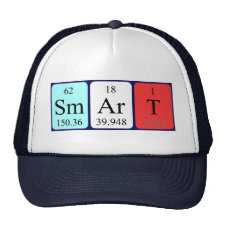
Authors: Mohammadi V, Saraji M, Jafari MT
Article Title: Direct molecular imprinting technique to synthesize coated electrospun nanofibers for selective solid-phase microextraction of chlorpyrifos.
Publication date: 2019
Journal: Microchimica Acta
Volume: 186
Issue: (8)
Article Number: 524.
DOI: 10.1007/s00604-019-3641-0
Abstract: Molecularly imprinted-electrospun nanofibers based on the use of poly(vinyl alcohol) were fabricated and used as a new sorbent for solid-phase microextraction of chlorpyrifos. The molecularly imprinted nanofibers were prepared by electrospinning and direct molecular imprinting of polymeric nanofibers. Poly(vinyl alcohol) was used as the functional and electrospun polymer. Chlorpyrifos was used as a template molecule, and glutaraldehyde as the cross-linker. Detection was performed by ion mobility spectrometry equipped with a secondary electrospray ionization source. The molecularly imprinted fiber has a selectivity and extraction efficiency better than the fiber fabricated using the conventional method of encapsulating MIP particles in electrospun nanofibers. Parameters affecting the extraction efficiency such as ionic strength, stirring rate, extraction time, and temperature were evaluated. The dynamic range of the method was in the range of 0.5-200 μg L-1 with the limit of detection of 0.1 μg L-1. The intra- and inter-day relative standard deviations of the method were 4 and 9%, respectively. The fiber-to-fiber reproducibility for three different fibers is 5%. The spiking recoveries from spiked apple, cucumber, and water samples were in the range of 82-112%
Template and target information: chlorpyrifos
Author keywords: Molecularly imprinted-nanofibers, electrospinning, poly(vinyl alcohol), ion mobility spectrometry, Secondary electrospray ionization, organophosphorus pesticides, Well water, Agricultural wastewater, fruit samples



Join the Society for Molecular Imprinting

New items RSS feed
Sign-up for e-mail updates:
Choose between receiving an occasional newsletter or more frequent e-mail alerts.
Click here to go to the sign-up page.
Is your name elemental or peptidic? Enter your name and find out by clicking either of the buttons below!
Other products you may like:
 MIPdatabase
MIPdatabase









